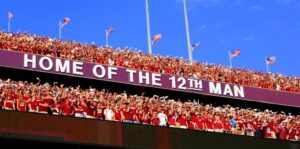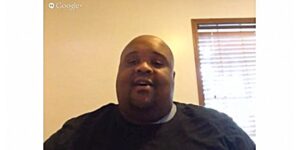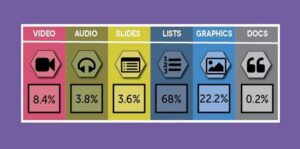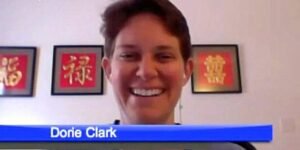
Social Influence and Your Brand: Connecting the Dots [Webinar]
The social era is creating a whole new level of opportunity for business and personal brands. Are you making the most of it?

The social era is creating a whole new level of opportunity for business and personal brands. Are you making the most of it?

Are you selling products to a market? Or are you investing in relationships that will lift your brand? Community counts.

How can leaders revitalize business cultures? Symbols may not seem essential, but let’s take a closer look

What’s ahead in talent management for 2014? Exciting times for social media and employer brand strategy!

We know that mobile tools are rapidly transforming recruitment. But what about the rest of the hiring process? #TChat talks about why employers need to get ahead of the curve

Where does recruiting end and marketing begin? In today’s social workplace, it’s hard to tell the difference. What does this mean for HR professionals and processes? Let’s talk

How does your digital content compare with popular blogs? And what can you do to improve? See what a TalentCulture audit revealed, and request a free audit for your site…

In the social era, there’s nowhere to hide. 80 million times a day, someone searches on Google for a name. Are you positioned for strength?

Is your professional persona an accurate reflection of you? How can you reinvigorate your personal brand for better results? Let’s talk about it…

These days, the talent hunt process isn’t easy for either side of the hiring equation. What can employers do to recruit more effectively — and also win points for their brand?

It’s increasingly important to think of the hiring process as a reflection of an employer’s brand. Why and how can companies improve this “candidate experience”?
Getting up close and personal with brand humanization. An intimate slice of life…
Social media makes it possible for businesses to interact with employees, customers and others in ways that are far more immediate, direct and personal. But blending high tech and high touch requires work…
Brand issues have been a hot button topic for us at The World of Work as of late. Employee brand has given way to employer
The Fact of the Matter Every community develops their own definition of what matters. For some communities, it’s motivated by a shared interest or a
Just for kicks, I keep a running list of “industry buzzwords” that make me laugh (or groan) because they are often misunderstood on the application level. “Influence,” especially as it relates to the world of #SocialMedia, has long since been on my list. “WHAT IS INFLUENCE?”
“Everybody’s story matters.” That sentiment is from an amazing interactive storybook we’ve been watching with my older daughter on the iPad. It’s called The Fantastic
When TalentCulture founder Meghan M. Biro and I launched #TChat last November, we had no idea it would take off like it did. Of course
While there are many ways you can establish your personal brand online and offline and inevitably stand out from others in your industry, functional area
Your brand is how your company tastes inside and out. This includes your your employment brand and B2B and/or B2C corporate brand. Used to be
Originally posted by Matt Charney on MonsterThinking Blog The average worker today has more brands to deal with than a Texas cattle rancher, but one
Weekends aren’t the usual time for companies to drop market-making news, but it happened this weekend, when Monster announced the launch of BeKnown, a networking
In Raiders of the Lost Ark, Indiana Jones was searching for the Ark of the Covenant, the key to all human existence. HR has been
These days, job seekers need to stand out from the crowd. These tips help you position yourself as an expert in your profession.
What does your Twitter feed say about you as a professional? Don’t let it be the “weak link” in your digital footprint. Here are 10 things you should AVOID in managing your Twitter presence…